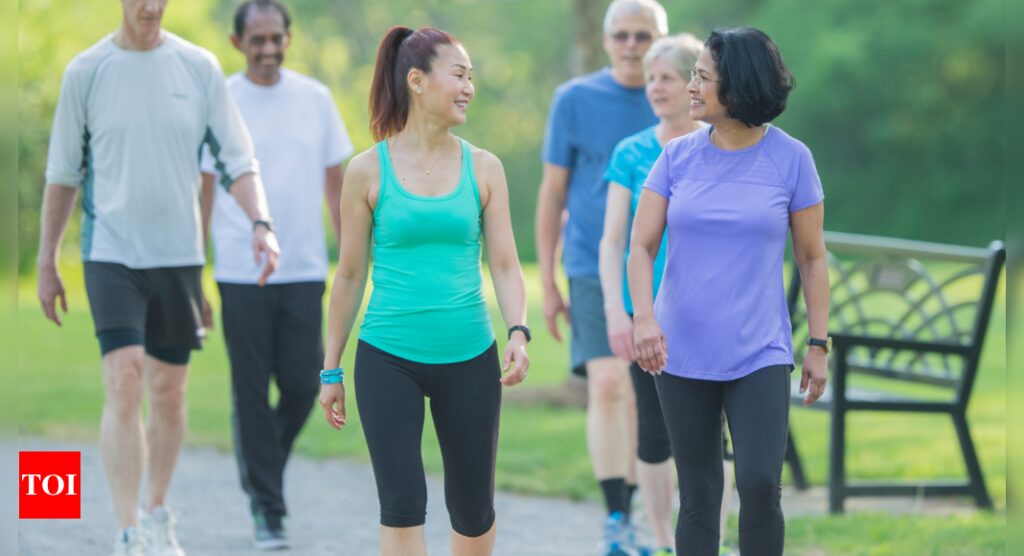Focus on proper posture and alignment
Maintaining proper posture and alignment is crucial for walking efficiently and preventing injuries. Instead of standing rigidly straight, aim to maintain the natural curves of your neck and back. Tips for achieving this include standing tall, keeping your head up and aligned with your body, and relaxing your shoulders while allowing your arms to move freely. Engage your core muscles and ensure your pelvis is neutral, aligning your rib cage with your pelvis and your hips, knees, ankles, and second toe. This alignment not only aids in injury prevention but also enhances breathing and movement efficiency.

Image: Canva
Pay attention to your feet
The way you place your feet while walking significantly impacts the benefits and overall comfort. Practice a rolling motion, starting with your heel, then the ball of your foot, and finally your toes. This distributes stress evenly throughout your lower body, reducing the risk of joint injuries. Consider your walking a rhythm, aiming for around 100 steps per minute for moderate-intensity exercise. Go for proper walking or running shoes, as they provide the necessary support and cushioning for your feet. Avoid overly-supportive shoes that may alter your gait and lead to discomfort.

Image: Canva
Stay alert and take it slow
While walking is a low-risk activity, it’s essential to remain vigilant, especially when outdoors. Pay attention to your surroundings to avoid tripping hazards like curbs or potholes. If walking at night, bring a companion or use well-lit paths to minimise risks. If going for indoor walking on a treadmill, avoid holding onto the handles excessively, as it hinders your natural movement. Instead, use the safety clip provided to prevent accidents. Start gradually, especially if transitioning from a sedentary lifestyle, setting realistic goals to avoid overexertion and potential injuries.
Walking workouts
Adding walking workouts into your routine can amplify the health benefits of this simple activity. Focus on varying your pace, adding intervals, or inclines to challenge different muscle groups and elevate your heart rate. Experiment with different walking routes to keep things interesting and engage with your surroundings.
